The long and arduous journey of women on screen in Turkey
Emrah Güler - ANKARA
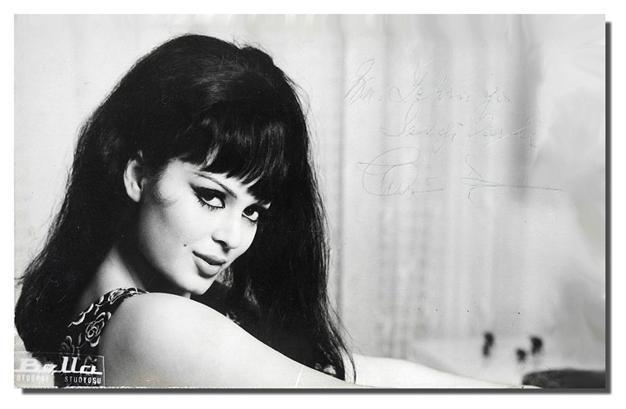 Summer time is the time for confusion in movie theaters. Among the Hollywood blockbusters and anticipated indie films finally finding release dates after months are the low-budget, low-key Turkish films. One of this week’s Turkish releases is Oğuz Gözen’s “Yağmurlu Gecede: Gülperi” (On a Rainy Night: Gülperi), a film set to bring back to screen the olden stereotypes of women in Turkish cinema.
Summer time is the time for confusion in movie theaters. Among the Hollywood blockbusters and anticipated indie films finally finding release dates after months are the low-budget, low-key Turkish films. One of this week’s Turkish releases is Oğuz Gözen’s “Yağmurlu Gecede: Gülperi” (On a Rainy Night: Gülperi), a film set to bring back to screen the olden stereotypes of women in Turkish cinema.The film follows two female protagonists, one abandoning her baby to go abroad to become a singer and another working the shifts at a night club, eventually quitting her job to raise the baby in question. Motherhood and working the night clubs, here, are juxtaposed against one another, with each woman punished or rewarded depending on the path they choose.
If this was the 1910s, the two women in “Yağmurlu Gecede: Gülperi” would be played by men, and if it was the 1920s, they would be played either by Armenian or Russian women. In the brief transition period between the collapse of the Ottoman Empire and the new Turkish Republic, cinema was perceived as a sacrilegious art form in which Muslim women weren’t allowed to take part.
Cahide Sonku, the first screen goddess
For the decade leading up to the 1920s, female characters were portrayed by men, and later by non-Muslim women, mostly Armenians or Russians. The female half of the first onscreen kiss in Turkish cinema was Madam Kalitea, a non-Muslim minority. The first Turkish (and Muslim, for that matter) woman took to the stage in 1920. Afif Jale’s acting career opened the way for other Turkish women to pursue acting on stage and on screen.
Among the women introduced to Turkish cinema in the 1920s and 1930s were Feriha Tevfik, the first Miss Turkey after a beauty contest initiated by Mustafa Kemal Atatürk, Semiha Berksoy, an opera singer who both acted and sang in the first sound movie and İsmet Sırrı, who was the first actress in Turkey’s very first box office success, “Ankara Postası” (The Ankara Post).
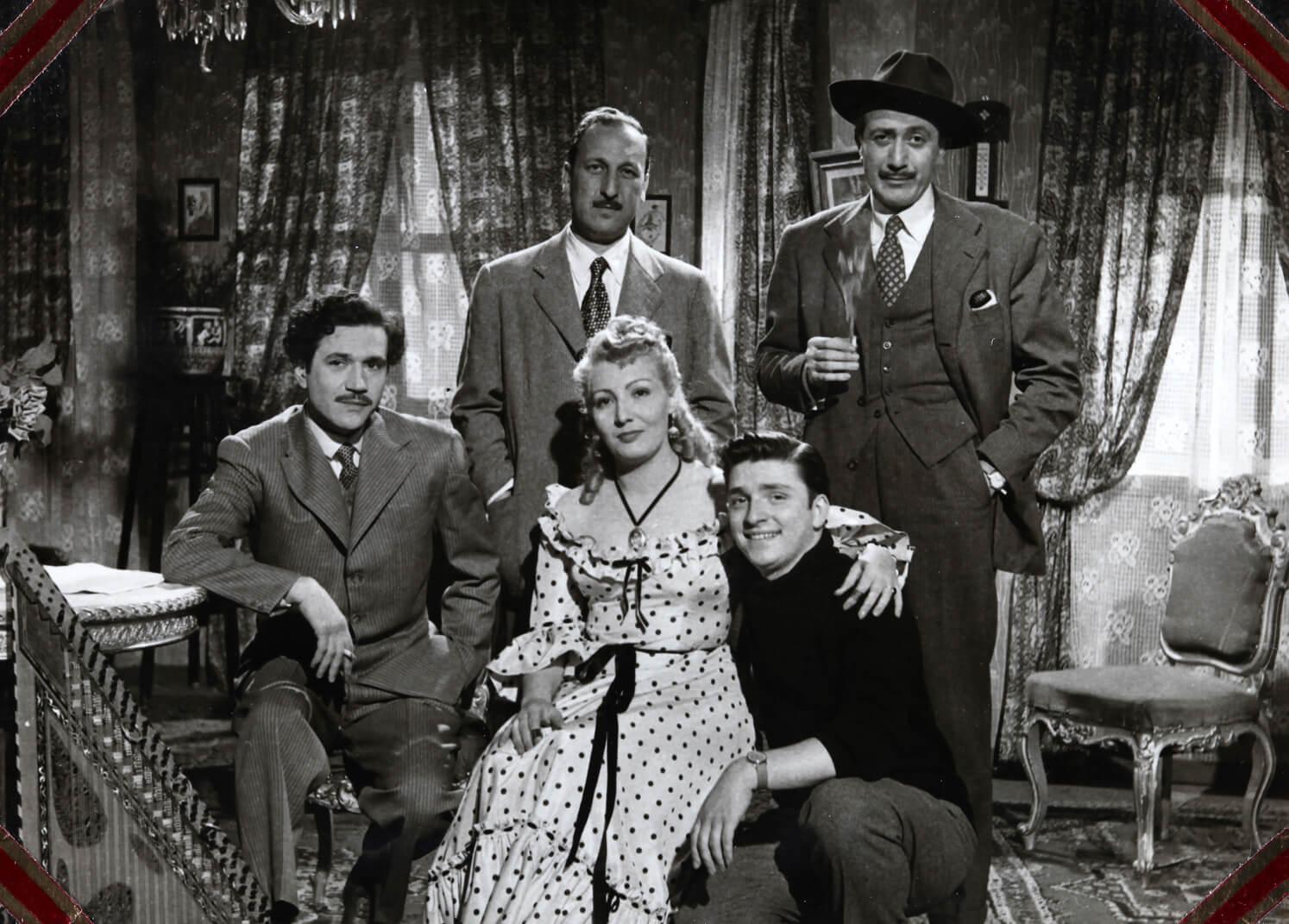
Then came Turkey’s very first screen goddess, the very first female star on and off screen. Often compared to Hollywood stars like Greta Garbo, Ingrid Bergman and Marlene Dietrich, Cahide Sonku became a legend in the 1930s. Her onscreen persona of the beautiful heartbreaker was coupled with her off-screen image as the irresistible woman whose shoes were used as wine glasses.
Sonku was not only the first actress to play a leading female character in “Bataklı Damın Kızı Aysel” (Aysel, Daughter of the Slums), she was also the first female screenwriter and director with “Vatan ve Namık Kemal” (Namık Kemal and the Motherland). For years, she was the only star in Turkey.
Women taking back their dignity
The following decades would confine women to one-dimensional roles where they were either good or bad.
The sacrificing mother, the untouched virgin, the femme fatale and the seductress were some of the cardboard female characters Turkish cinema got a load of during that period. When movies wandered into rural Turkey, honor and virtue became the driving forces to put women into their places. If a woman lost her “purity,” she was either killed or found herself in a brothel.
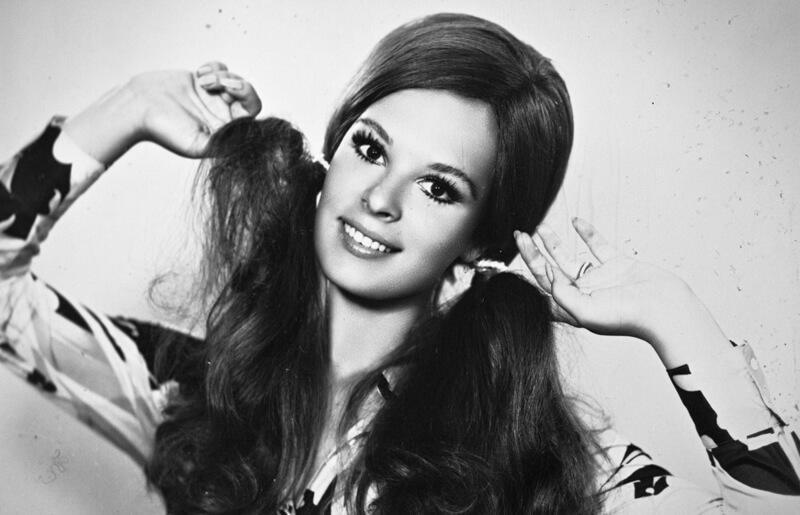
Until the 1970s, actresses were typecast in these one-dimensional roles. Neriman Köksal was the blond femme fatale and the home-breaker; Hülya Koçyiğit was the heroine of tragic love stories; Muhterem Nur was the weak woman doomed to despair; Belgin Doruk was the bourgeois sweetheart; Fatma Girik was the tough street girl; Filiz Akın was the naive romantic with her blond European look.
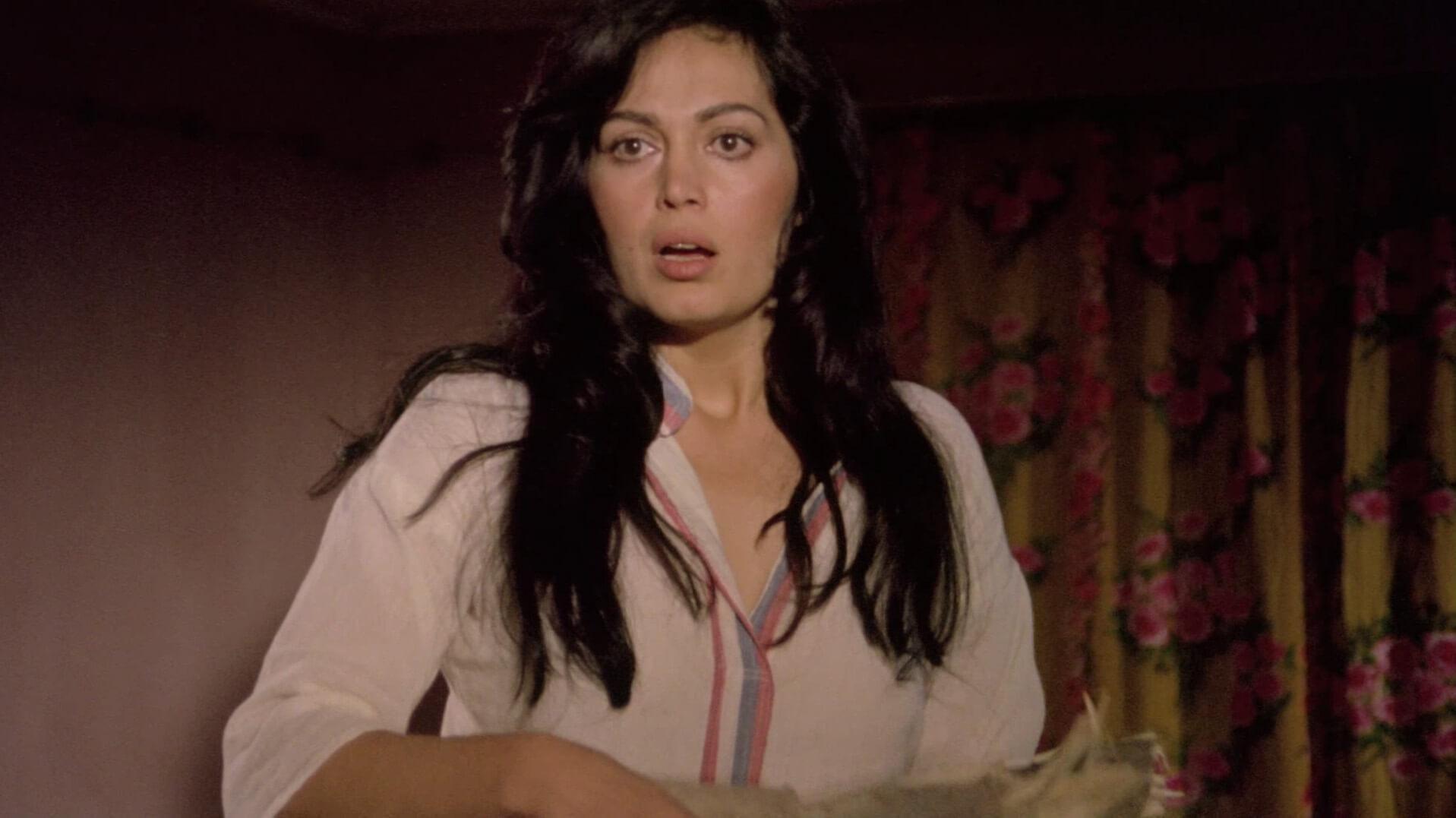
There was one woman that stood out among these actresses, cementing her name as the legend of Turkish cinema to date: Türkan Şoray. With her slightly parted lips and big, beautiful eyes, she soon became “the woman everyone wanted to fall in love with.” Unlike many female actors of her generation, Şoray took control of her career and earned the name The Sultan. She honed her craft in diverse roles, while maintaining her dignity despite some risky ones. She even directed four films in the 1970s and 1980s.
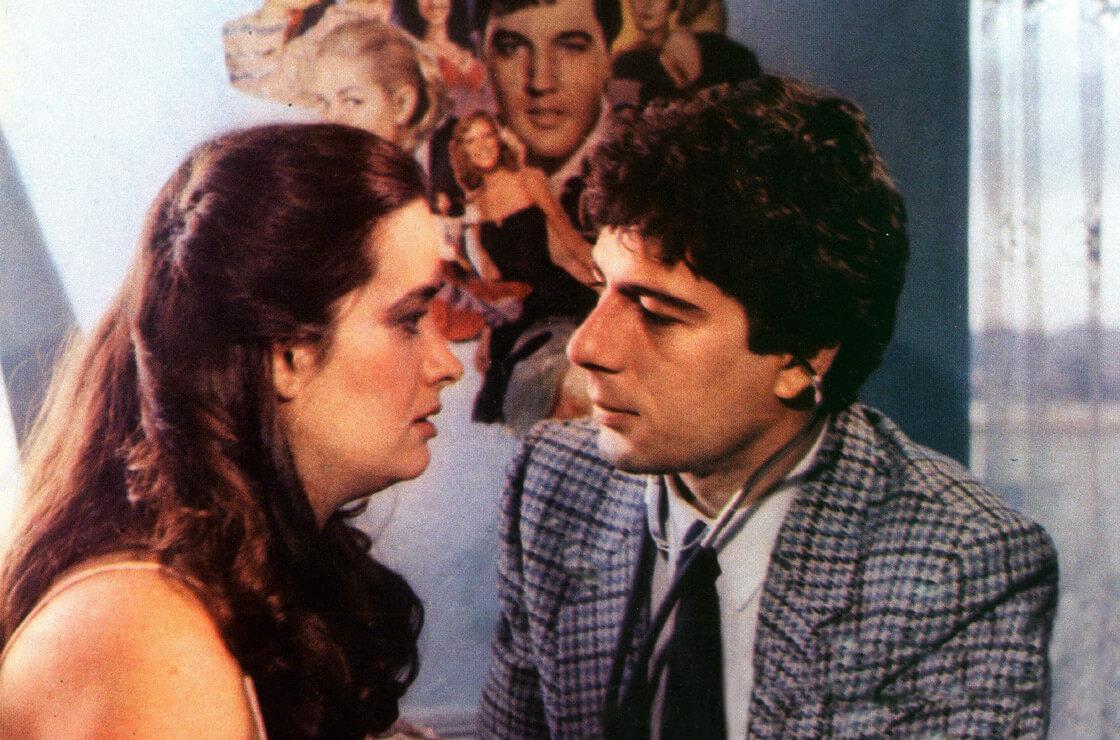
It was another female actor who would connect the split halves of women in the 1980s, playing multi-dimensional women who were in charge of their lives and their sexuality. In films like “Teyzem” (My Aunt), “Adı Vasfiye” (Her Name is Vasfiye) and “Kupa Kızı” (The Queen of Hearts), Müjde Ar took a selection of diverse roles, focusing on the desires and frustrations of women from different backgrounds and social classes. Ar gave back their dignity to the “fallen” women of Turkish cinema.
The last decades have seen a plethora of female actors portraying distinctive female characters, many times in films directed by women and written by women. Having broken from the jailhouse of stereotypes, Turkish cinema finally gave women their own voices, in a rich spectrum of different and unique tones. Setbacks are no longer the norm.

















